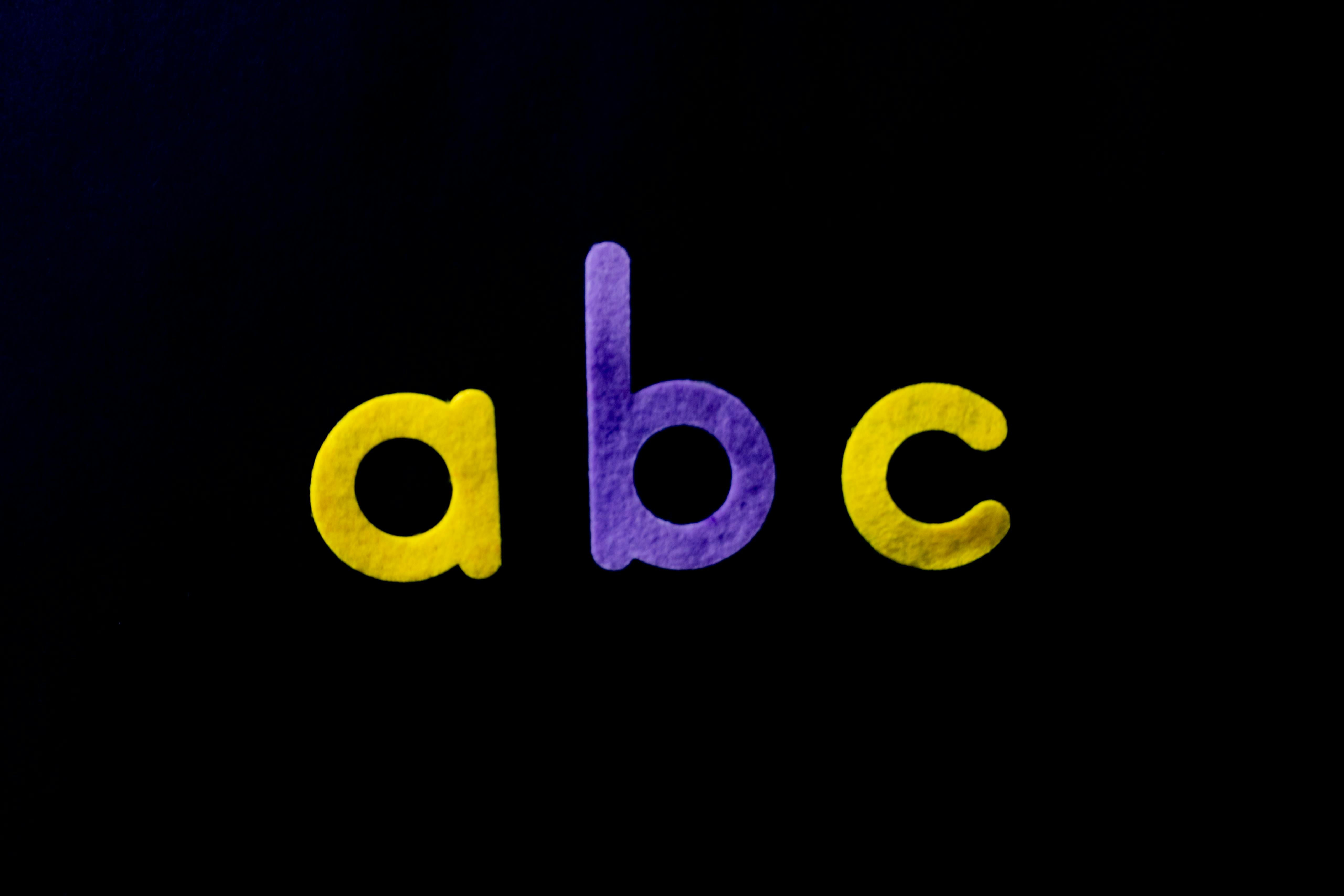
Niveau CECR : A1
Read/Listen first
At a market information desk, a helper gives you a small form. You read the first line: “Name.” You write your name with a capital letter at the start. On the next line, you write your city in lowercase letters. A small sign shows examples: “A is for apple, E is for egg.” You practise short sentences with a and an: “I have an umbrella. I have a hat.” When you finish, you check the spelling slowly. You feel relaxed because you can see the difference between capital and lowercase letters, and you can use a and an in simple, natural phrases.⚡ Learning goals
- Use a/an with vowel and consonant sounds in simple phrases.
- Write names with capitals and other words in lowercase.
- Produce short A1 sentences about common objects.
✨ Grammar Points — 4 Structures
1⃣ A/an with singular nouns
Rule: Use ‘a’ before consonant sounds and ‘an’ before vowel sounds.
Examples: a hat
an umbrella
an egg
Practice prompt: Complete: I have __ apple and __ banana.
✅ an / a
Exercise: Choose the correct article: __ email, __ city, __ watch.
✅ an email, a city, a watch
Common pitfall + fix: Don’t choose by letter; choose by sound (e.g., an hour).
2⃣ This/That for simple pointing
Rule: Use ‘this’ for near things and ‘that’ for far things.
Examples: This is my pen.
That is our class.
This email is correct.
Practice prompt: Say one sentence with ‘this’ and one with ‘that’.
✅ This name is correct. / That letter is unclear.
Exercise: Fill in: __ letter is A. __ poster is on the wall.
✅ This / That
Common pitfall + fix: Learners sometimes use ‘this’ for far objects; check distance.
3⃣ Imperatives for classroom requests
Rule: Use the base verb to give polite instructions.
Examples: Please repeat.
Speak slowly, please.
Spell your name.
Practice prompt: Make one polite request to your partner.
✅ Please spell your city.
Exercise: Choose the best option: (Repeat / Repeats / Repeated) your email, please.
✅ Repeat
Common pitfall + fix: Avoid adding ‘to’ + verb in imperatives.
4⃣ Be in the present (I am/You are)
Rule: Use ‘am/are/is’ to give basic information.
Examples: I am Marco.
You are Ana.
It is Tuesday.
Practice prompt: Say your name and city using ‘be’.
✅ I am Ana. I am from Porto.
Exercise: Fill in: It __ Monday. You __ from Paris.
✅ is / are
Common pitfall + fix: Don’t drop the verb ‘be’ in basic sentences.
✍️ Vocabulary (6 entries)
vowel
Meaning: a sound like a, e, i, o, or u.
Synonyms: vowel sound, vocalic sound
Chunk/Idiom: “a vowel sound” — before an
Example: An egg starts with a vowel.
Morphology: noun; plural vowels; neutral.
Self-practice: Name three vowel letters.
consonant
Meaning: a sound like b, c, d, f, etc.
Synonyms: consonant sound, non‑vowel
Chunk/Idiom: “a consonant sound” — before a
Example: A hat starts with a consonant.
Morphology: noun; plural consonants; neutral.
Self-practice: Name three consonant letters.
sentence
Meaning: words together that end with a dot.
Synonyms: line, phrase
Chunk/Idiom: “short sentence” — simple idea
Example: Write a short sentence now.
Morphology: noun; plural sentences; neutral.
Self-practice: Say two short sentences.
poster
Meaning: a large paper with pictures or words.
Synonyms: chart, sign
Chunk/Idiom: “alphabet poster” — wall display
Example: The alphabet poster is on the wall.
Morphology: noun; plural posters; neutral.
Self-practice: Point to one letter on a poster.
example
Meaning: a model that helps understanding.
Synonyms: model, sample
Chunk/Idiom: “for example” — to show a model
Example: For example, A is for apple.
Morphology: noun; plural examples; neutral.
Self-practice: Give one simple example.
practice
Meaning: to do something again to improve.
Synonyms: train, exercise
Chunk/Idiom: “practice spelling” — repeat letters
Example: Let’s practice spelling today.
Morphology: verb/noun; practices, practising; neutral.
Self-practice: Practice one word three times.
☁️ Examples (+ audio)
- Use “AN” before a vowel sound.
- Use “A” before a consonant sound.
- This poster shows the alphabet.
- Write “A” and “AN”.
✏️ Exercises
1) Grammar
-
Choose the correct article: __ egg.
1) a 2) an 3) the
✔︎ Answer: 2) an — ‘egg’ starts with a vowel sound. -
Choose the best option: __ hat.
1) an 2) a 3) the
✔︎ Answer: 2) a — ‘hat’ starts with a consonant sound. -
Fill with the best answer: I __ Ana. (am/are)
→ Solution: am — Use ‘am’ with I. -
Fill with the best answer: Please __ your name. (spell/spells)
→ Solution: spell — Imperatives use the base form.
2) Vocabulary & Comprehension
-
What does ‘repeat’ mean?
1) say again 2) write fast 3) delete
✔︎ Answer: 1) say again — Repeat = say something again. -
Which is a capital letter?
1) a 2) A 3) aa
✔︎ Answer: 2) A — Capital letters are big forms. -
Fill with the best answer: My city is Par__.
→ Solution: is — Grammar item: ‘is’ with ‘city’. -
Fill with the best answer: Spell your name: M A R __ O.
→ Solution: C — The missing letter is C.
⚙️ Integrated content
Mini-dialogue — Natural situation
A: Do I use a or an?
B: Use an before a vowel sound: an egg, an umbrella.
A: Thanks!
Why this matters
Choosing a/an makes your basic sentences clear and natural.
Verb & Adjective Pack (ready-to-use chunks)
• a hat → consonant sound
• an apple → vowel sound
• a watch → consonant sound
️ Try and compare — guided production + model answers
Exercise 1 — Fill the blank
“I have __ orange.”
→ ✔︎ an (Vowel sound.)
Exercise 2 — Self-correction
You said: “This poster are big.”
→ Better: “This poster is big.”
Exercise 3 — Practice aloud
Make three a/an sentences.